Dekoni x HIFIMAN Cobalt Headphones – Hearing Protection Bright Knight
Dekoni x HIFIMAN Cobalt is a $399 USD pair of over-the-ear full-sized headphones with a closed back. Today we will be reviewing their sound, and place them against other headphones in the price range, including HarmonicDyne Zeus Elite (379 USD), SIVGA Luan (359 USD), Austrian Audio HI-X60 (399 USD), and OLLO S5X (489 USD). From the start of the review, if you’re looking for a stealthy headphone sonically, something that won’t leak, is meand to be listened in quiet, and which sounds best at quiet levels, Dekoni Cobalt is the best at this.
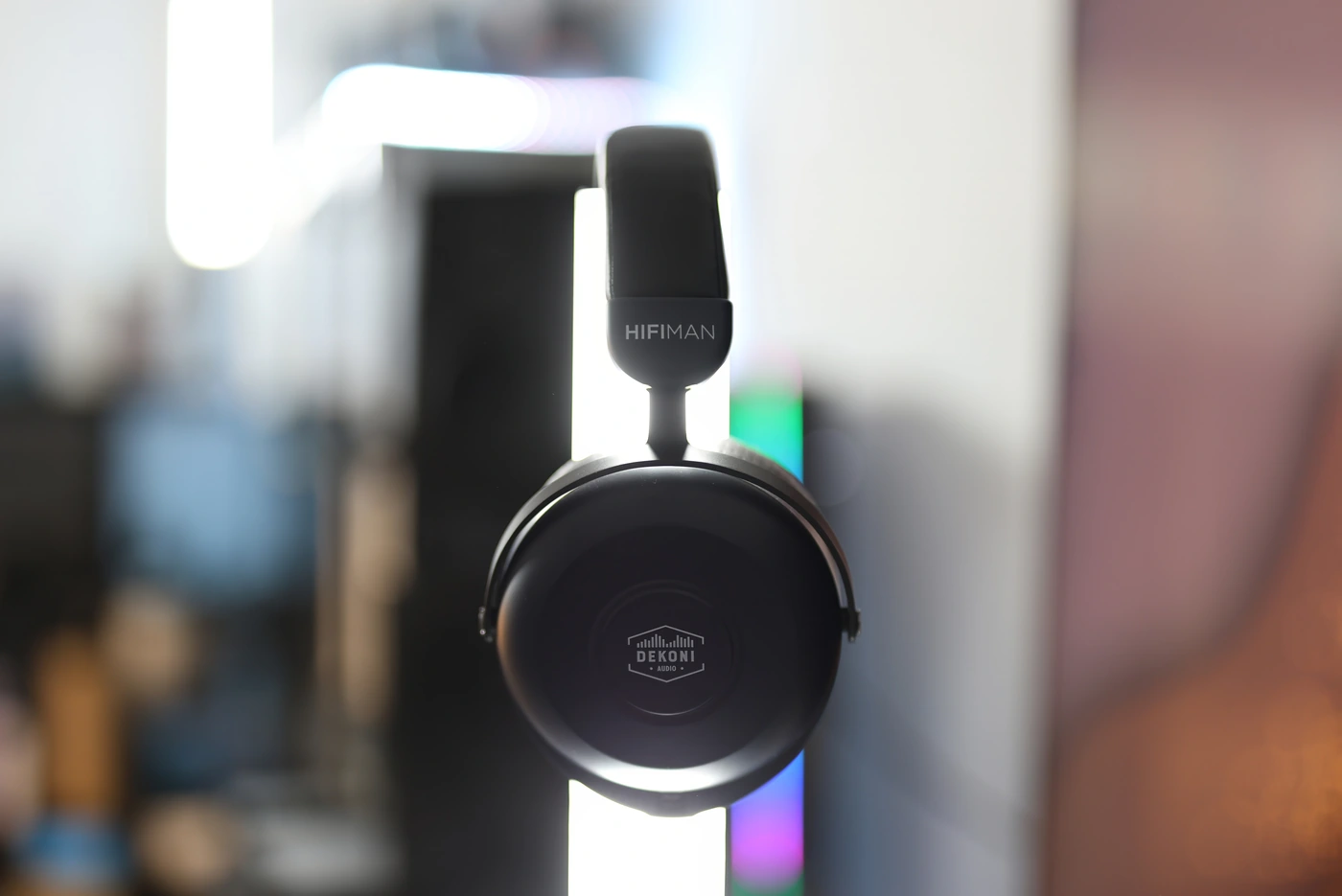
Introduction
Dekoni is the company behind the earpads of most headphones out there, and this includes many big brands, Dekoni is simply an expert in making earpads. When they do make a headphone, it ends up being something special, although the collaboration headphones are often boutique products, designed for someone to enjoy particularly much, and not necessarily as general-usage products. The headphones we’re reviewing today is a collaboration between Dekoni and HIFIMAN, a project designed as a closed back headphone to be enjoyed without disturbing others, with a good passive noise isolation, and some of the best earpads that Dekoni ever designed. As an Amazon Influencer, I earn from qualifying purchases, and using the purchase links in my reviews helps me maintain this website and youtube channel.
I’d like to thank Dekoni and Jackrabbit for providing the sample for this review, in exchange for my honest opinion. This review is a description of my personal experience, and Audiophile-Heaven has no affiliation with Dekoni Audio or Jackrabbit beyond this review.
Product Link
You can grab one from www.amazon.com here: https://amzn.to/3utVm5F
If you’re in the UK, you can grab one from www.amazon.co.uk here: https://amzn.to/3uoQ3EE
And if you’re from Europe, you can grab one from www.amazon.de here: https://amzn.to/483kRbT
Build Quality/Aesthetics/Fit/Comfort
Dekoni earpads are generally regarded as some of the best out there, and if you’re using a popular headphone, you may be using a headphone designed by Dekoni without even knowing, so it is no surprise that Dekoni x HIFIMAN Cobalt is super comfortable during wear. The earpads are huge, they offer enough space for my ears to fit inside, they keep the earphones far from my ears, and the weight of the entire headphone is kept very low.
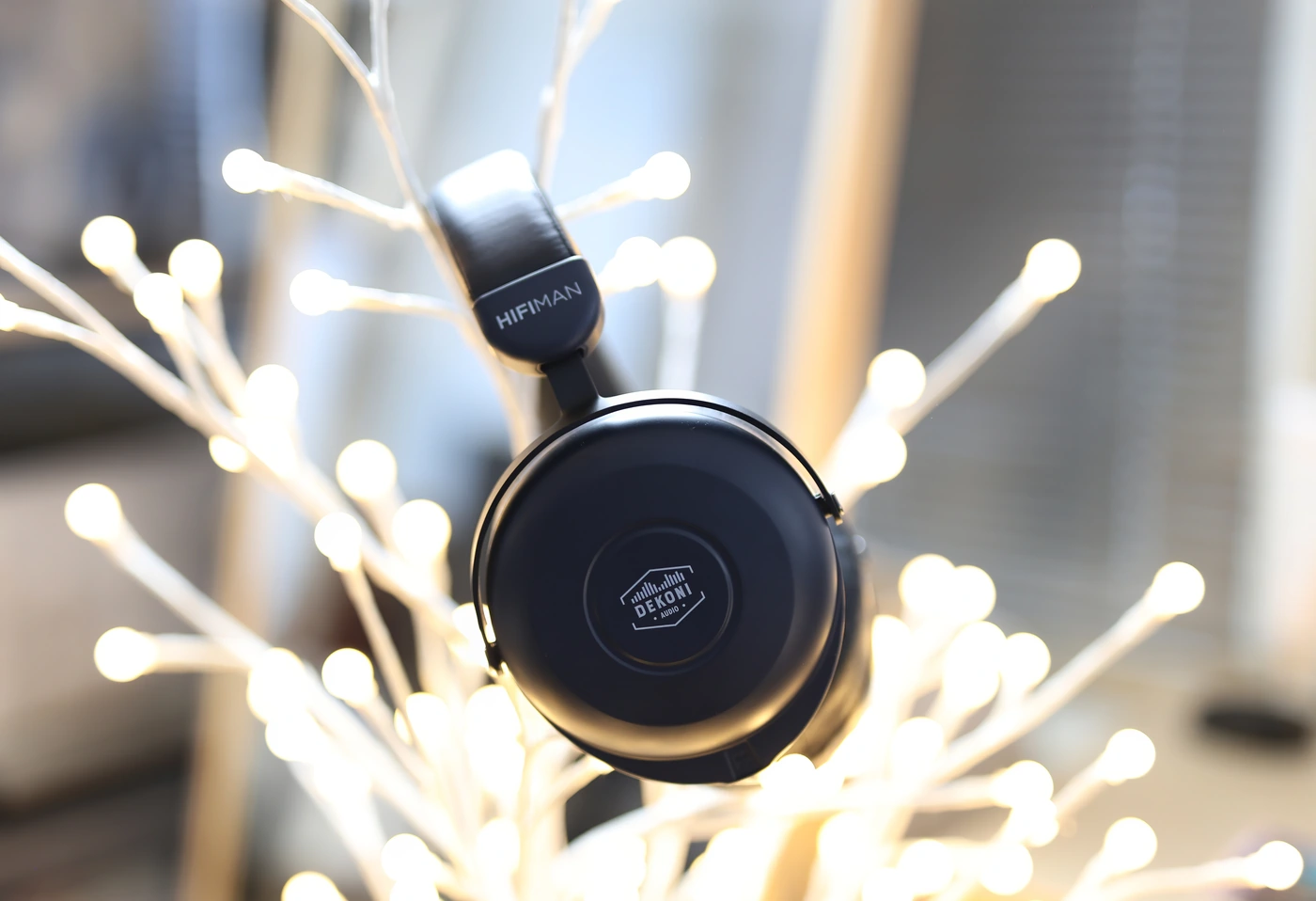
Dekoni and HIFIMAN have implemented a carbon-coated diaphragm, and a foam piece behind the driver to enhance the soundstage and imaging, and to reduce the standing waves. Dekoni implemented a very traditional 3.5mm jack at the cup side, with the default cable being a standard HIFIMAN cable with a 3.5mm termination, and a 6.3mm adapter in the package.
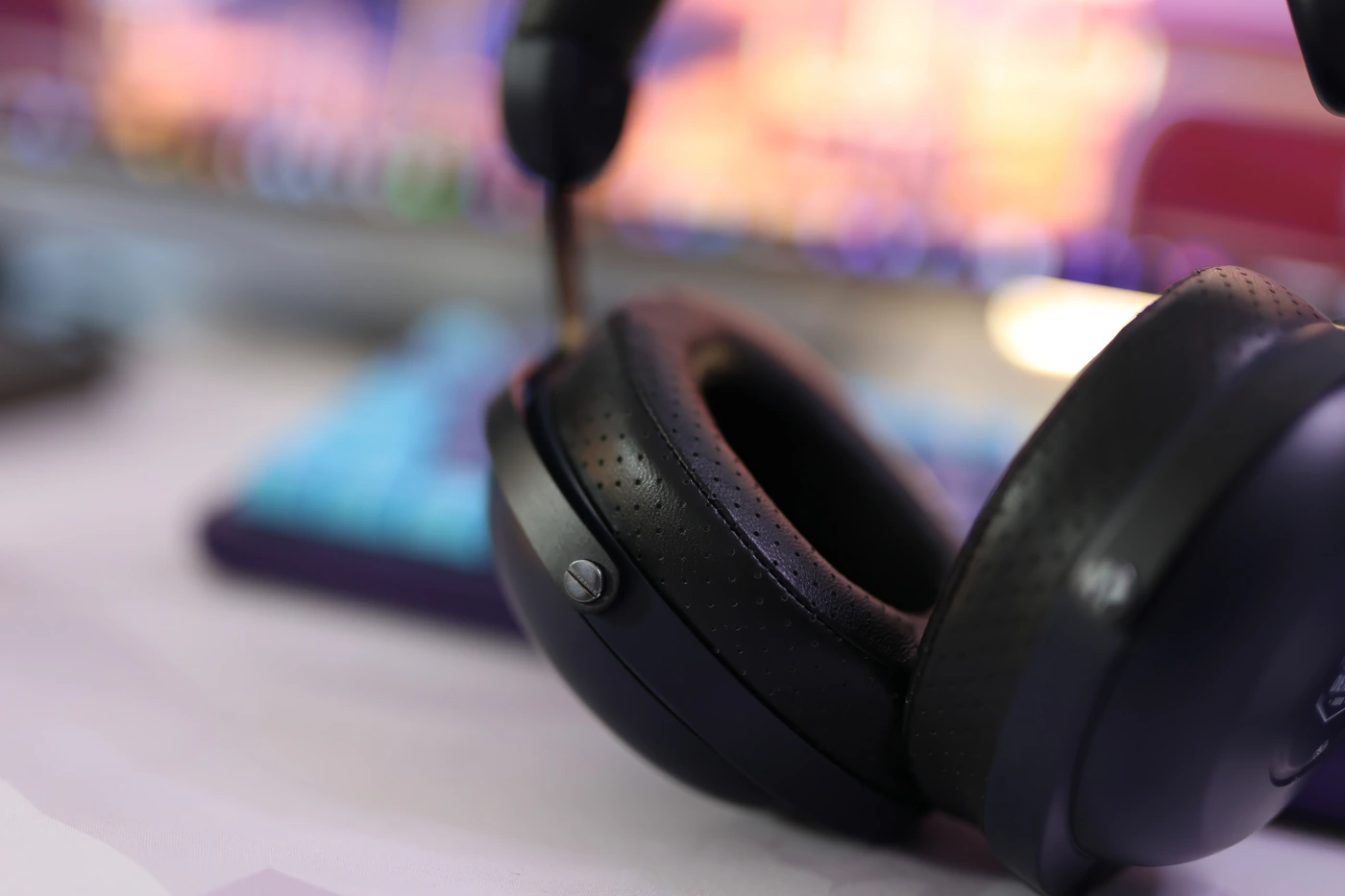
There are two pairs of earpads in the default package, one fenestrated, and one with a velour touch material. I personally have not managed to replace the earpads, but the default earpads offer good comfort for my ears. The leakage is very low, as you’d expect from a closed-back headphone, and they isolate quite well from the outside noise, having around 20 dB of passive noise isolation.
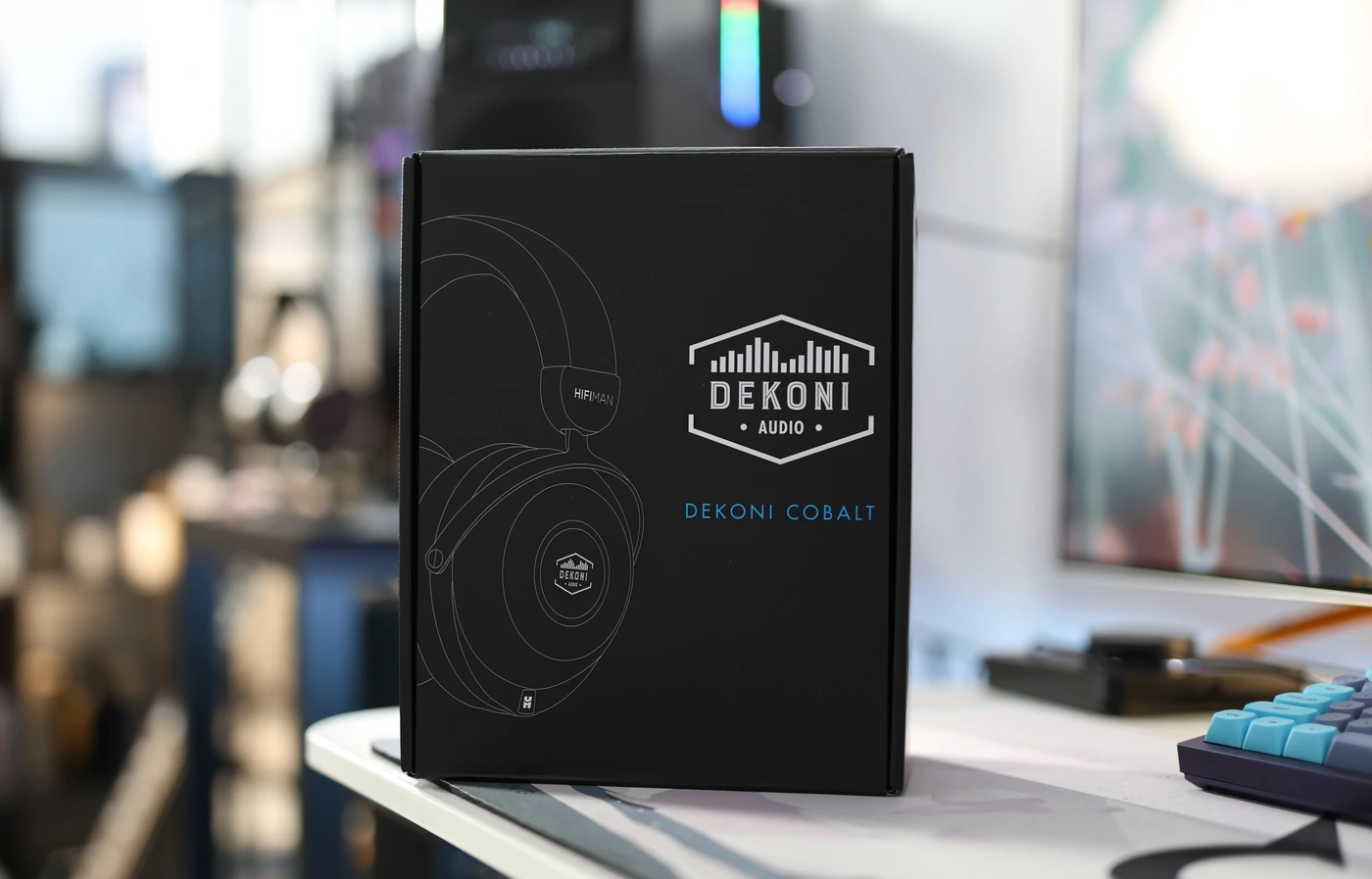
Dekoni Cobalt is not very easy to drive, and needs a good source to really sound good, and I would gran either iBasso DX320, HIFIMAN EF600, Aune S9c PRO, FiiO K9 PRO ESS, JDS Labs Element III MK2 Boosted, or Shanling H5 to drive them. They are drivable out of a dongle, and they can get loud a bit more easily than headphones with a higher impedance, but they scale well with the source, and they push most of my sources hard, including JDS Labs Element III MK2 Boosted to -10 dB on the headphone output, almost asking for high gain. On FiiO Q15, they need 75 volume to sound modestly loud, on low gain.
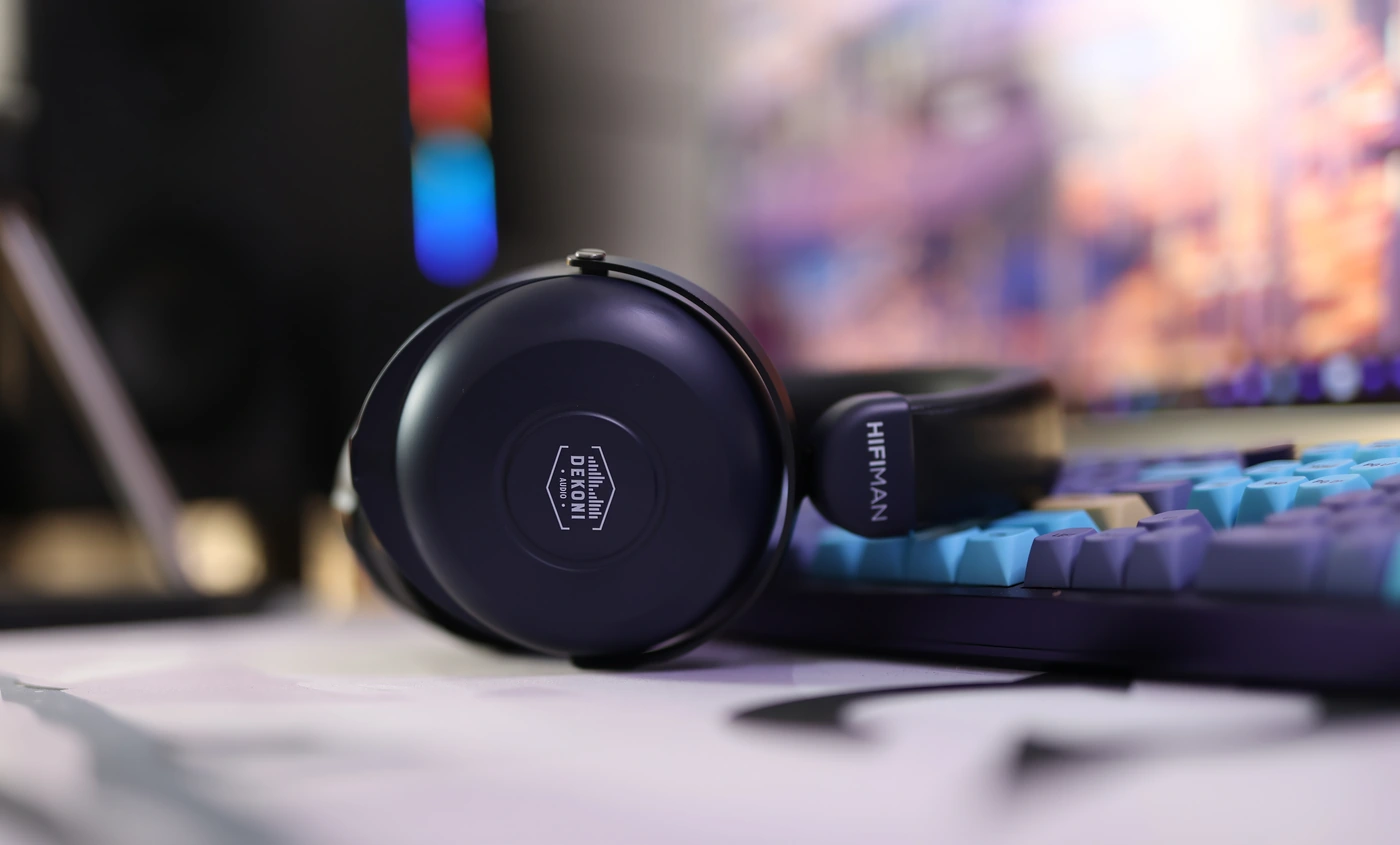
Dekoni Cobalt sounds quite a bit better on low gain regardless of the source, and as we’ll explore on the Sound Quality part of the review, Dekoni x HIFIMAN Cobalt would best be paired with a source that has a bit of EQ, if you plan to listen at louder volumes. For quiet and medium volumes, you still need a high-end source, and low gain seems to reign supreme for the Cobalt which should be treated as a super IEM rather than traditional headphone from the driving point of view.
Sound Quality
Dekoni Cobalt is a headphone that has a really unique sound, very bright, clean, holographic, with a wide, deep soundstage, exceptional instrument separation, and an analytical presentation. Somehow, the more I listen, the more I understand how they were thought, and they have huge headroom and exceptional dynamic range, so they are best listened and enjoyed at low to very low volumes, where the sound is crisp, crystalline and clear, with no distortion, but a sharp clarity, delicacy and a wealth of details without being fatiguing. Very few headphones are as enjoyable at lower volumes, and it feels like Dekoni Cobalt was made to be enjoyed in quiet, the contrast is exceptional, female voices like that of YFU Baby or Takanashi Kiara are delightful, while guitar solos are impressive. While with most headphones you pump the volume to get to the widest soundstage, most detail, and to get a more punchy sound, Dekoni Cobalt starts being sharp and crisp very early, and does not need to be listened very loud to be enjoyable.
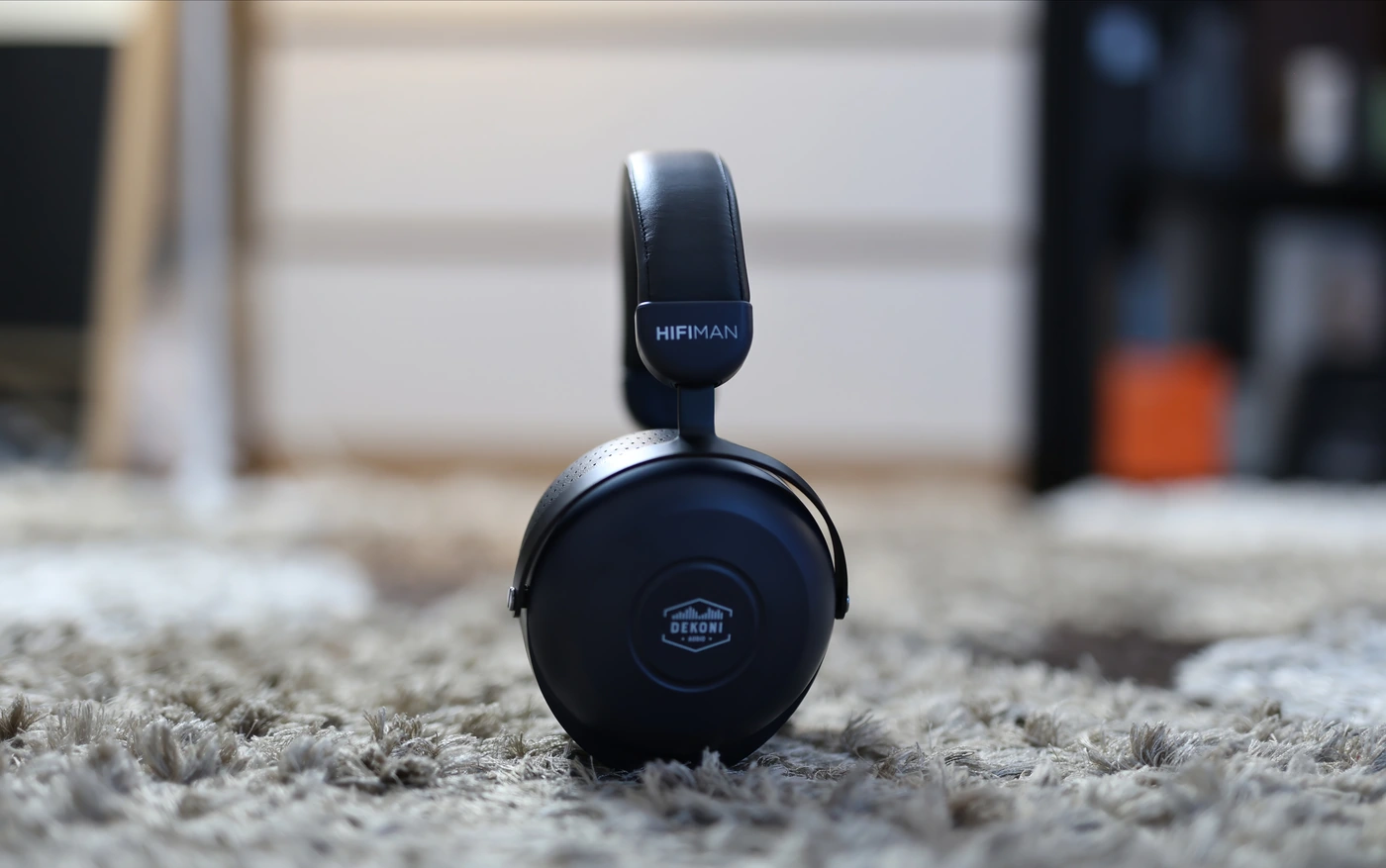
When reviewing a headphone like the Dekoni Cobalt, I have to admit that they have the kind of signature I did not initially like when I first put them on my head, as I typically listen quite loud, but as I gave them more time and started listening quieter, they started to make a lot of sense, they actually sound superb if listened correctly, and are source sensitive too. My favorite pairing is with warmer sounding sources, and sources with a wide and holographic soundstage presentations, such as FiiO Q15, Aune S9C PRO, Shanling H5, iBasso DX320 MAX TI, and Astell&Kern SE180. It is not that you can’t listen to any headphones at quiet levels, but most of them perform considerably less interesting at low dB levels.
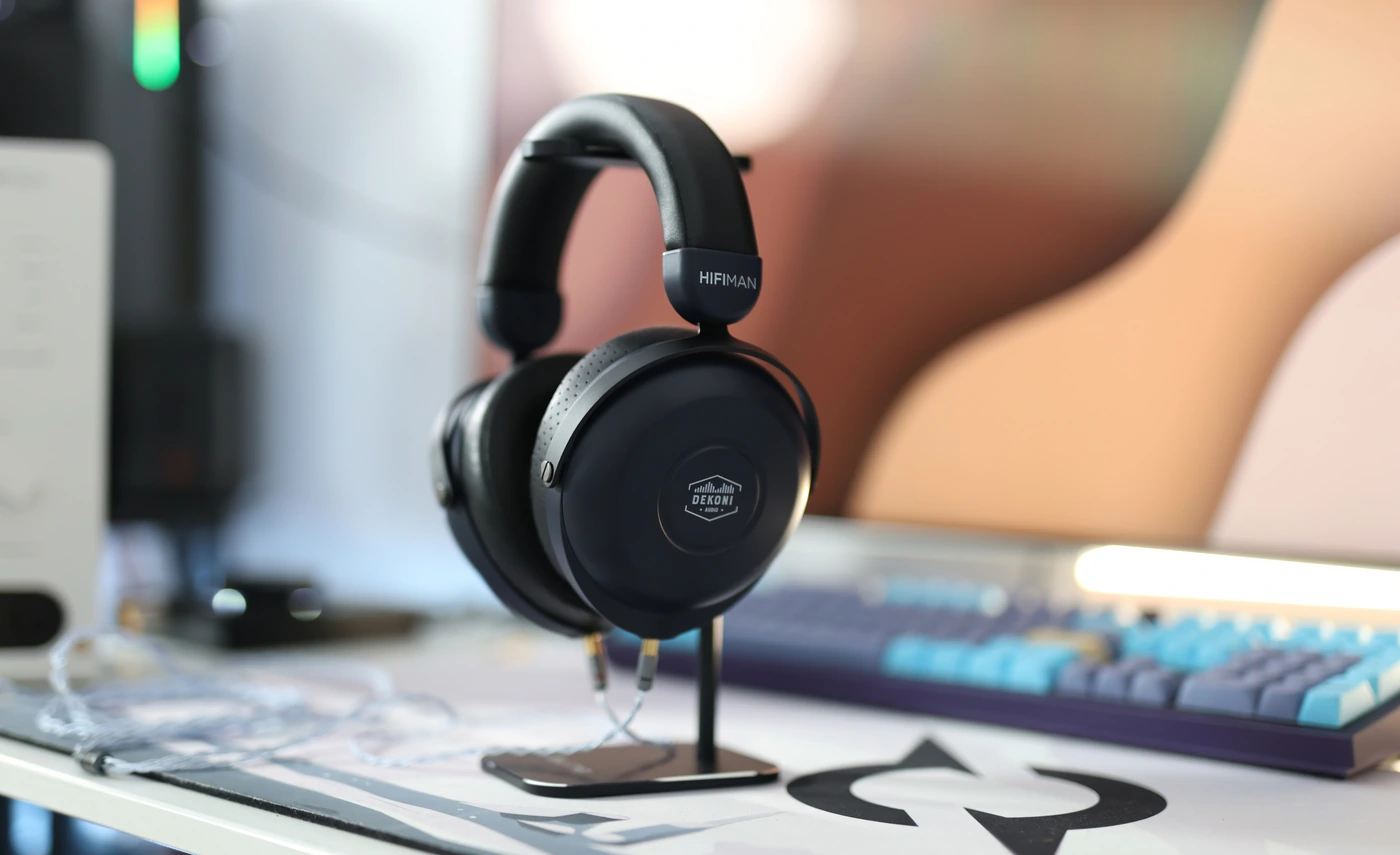
The bass has a neutral, clean and lean presentation, which has good extension at lower volumes, but is easily overtaken by the midrange and especially the treble at higher volumes. The bass is slightly warm and has a bit of extra upper bass substance in the ~100Hz compared to the sub bass, and Cobalt is not the kind of headphone to vibrate on your head, but rather show each musical note and nuance in your music. Surprisingly, they have an incredible amount of headroom, so the tuning and signature is intentional, and using JDS Labs Element III MK2 Boosted, I can give than +25dB of bass, and there still won’t be any distortion, or phase issue, so they are made to be lean, crisp and airy from the factory.
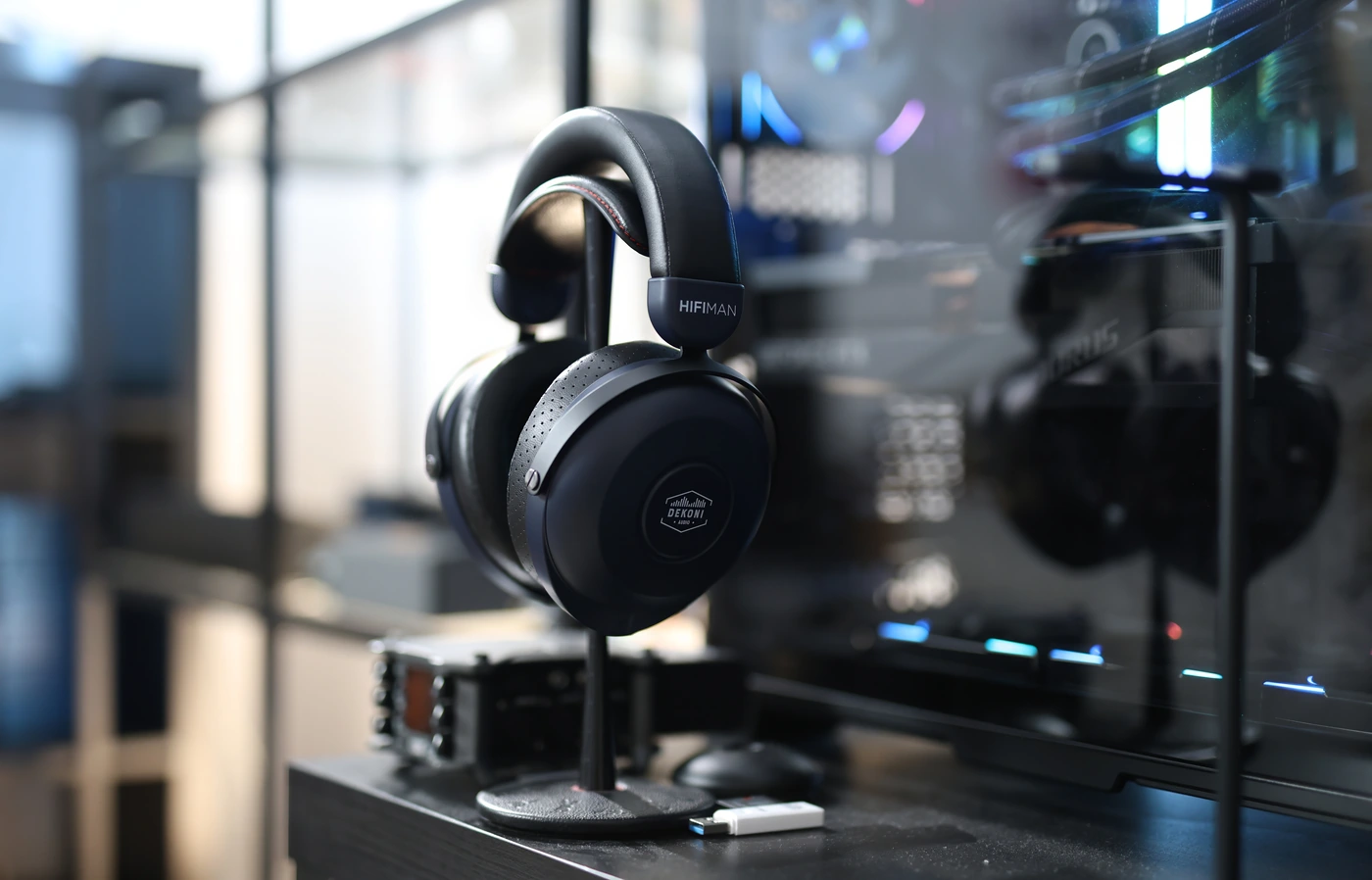
The midrange is where the magic happens with the Cobalt, and once again, it is best enjoyed at very low volumes, where they really reveal every nuance, detail and micro bit of information in music. The transient response is smooth, and despite being bright and airy, Cobalt has a smoother texture that’s never fatiguing or harsh, rather they are refined and go smoother than olive oil, even trumpets sounding really enjoyable. Cobalt has the tendency to push the boundaries of the soundstage in both width, depth and height, creating a huge hall where you’re placed at the center, with music happening all around you, with the stage becoming more focused as you’re increasing the volume beyond 80 dB, and between 50 and 80dB they have the best sonic performance. Taking a song for example, Yfu Baby – Follow The Leader, Yfu’s voice is presented as incredibly smooth, soft, yet crystalline and pleasing. The background vocals happen all around the listener, pushed back, while the quiet piano plays distinctively in the frontal right area of the listener. With multiple songs, such as DRP Ian – Don’t Go Insane, I immediately thought something happened in the room when the intro of the song played, the headphones don’t create a clear bound to sound, and sound comes through as not just natural, but actually happening naturally around the listener.
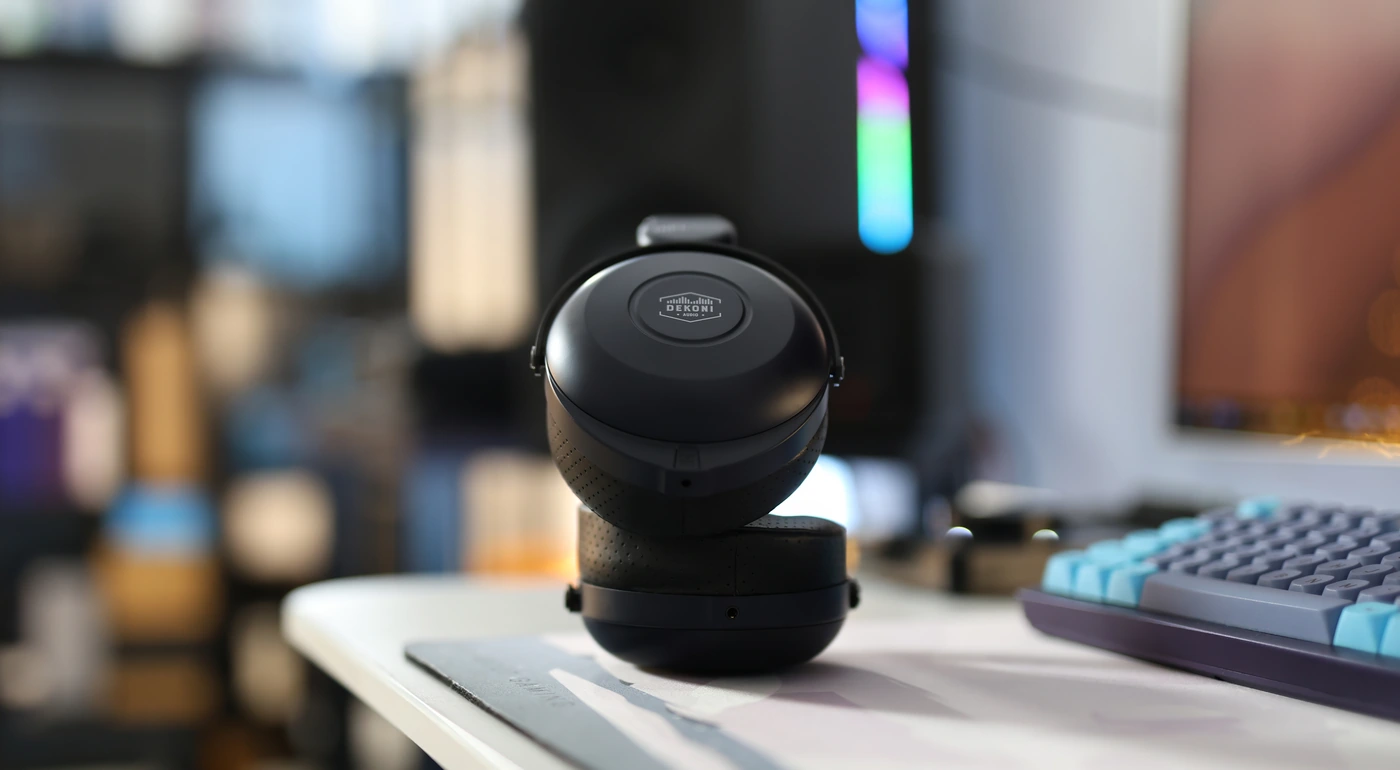
This kind of presentation sounds perfect, but most music is mixed, mastered and recorded to sound within certain bounds, so Jazz, Classical and acoustic music is what you’d typically enjoy the most with Dekoni Cobalt, with J-Pop, J-Rock, Rock and somehow Pop somehow sounding really pleasing with them. The treble is the part that scales the most aggressively with the volume, at lower volume being super pleasing, detailed, airy, sharp but smooth in texture. The more you increase the volume beyond 95 dB, the more the treble gets an in-your-face character, overtakes the midrange and the bass in quantity, and becomes harder in character with harder transients, especially a shorter attack. It humbles me that I rarely test headphones for lower listening volumes, and getting the Dekoni Cobalt, I’ve been going through my collection, trying to figure what other headphones I have which can sound good at low volumes, and very few actually do, most of them being best at medium – high, while Dekoni Cobalt is a rarity for performing so well without deafening you.
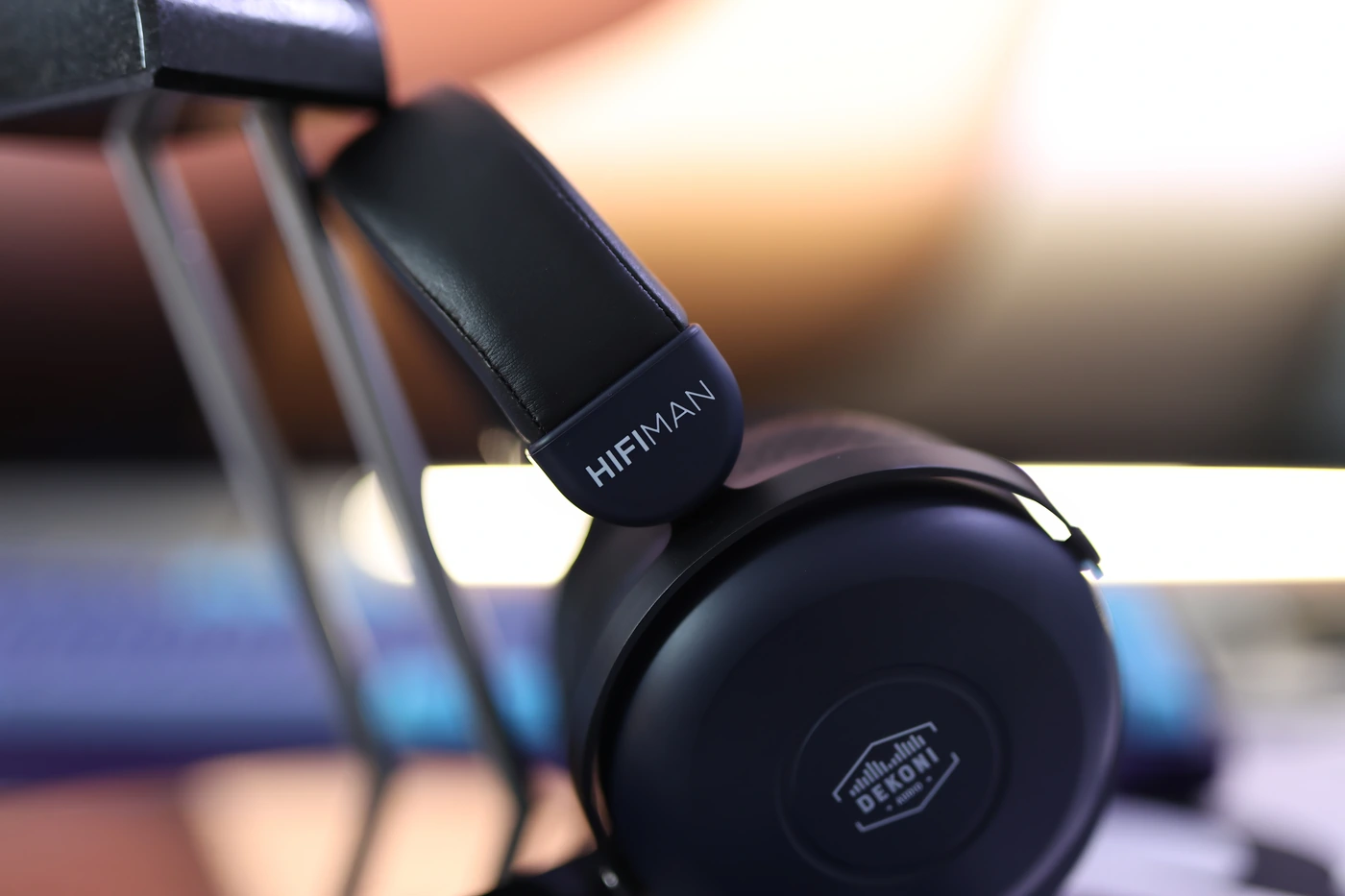
Certain songs, especially when there is digital clipping, will sound wrong, and clipped, for example Fire N Ice from Mori Calliope and Takanasi Kiara, where both of their voices are sweet, but the instrumental sounds too loud, and clipped especially at the beginning of the song. This effect is diminished by lower listening volumes, and the song gets casually more pleasing at quieter volumes. The song Do U from Takanashi Kiara does not suffer at all from this effect, and Dekoni Cobalt makes it very evident when a song was recorded and mixed properly, with music sounding better the better the mixing / mastering was done, and sounding increasingly worse with lower dynamic ranges, so I would consider those revealer headphones that give a side eye to your music collection. I don’t listen to music that is mixed and mastered well most of the time, but still Cobalt can make things super enjoyable if I keep the volume low. Most headphones will sound small, tiny and bland at low volumes, but Dekoni x HIFIMAN Cobalt will sound wide, holographic, clean and detailed even at super low volumes, 65dB and lower, this being their super power.
Comparisons
Dekoni x HIFIMAN Cobalt vs OLLO S5X (399 USD vs 489 USD) – Staring with a headphone that is pricier than the Cobalt, and recommended for studio, Cobalt is far more comfortable, lighter, with larger earpads, and with a more comfortable overall fitting. The default cable of the S5X is of a higher quality than that of the Cobalt, but both have replaceable cables, and ddHIFI has the BC150B I use a lot. S5X is open-back and will leak all your music to the outside, it will not isolate well from the outside noise, while Cobalt will both isolate well from the outside noise, and also leak very little. Cobalt will sound crisper, more crystalline, sharper, have much less bass, more nuance, and a far deeper, wider, taller soundstage. The instrument separation is far better on the Cobalt, while OLLO S5X sounds much smoother, bassier, heavier, more midrange – forward, and midcentric, S5X is much more traditional in the sound, and the response to volume too, S5X is more interesting at higher volumes, and sounds vague at low volumes, compared to the Cobalt which at low volumes sound as dynamic, engaging, clean, and has an even better resolution than S5X has at high volumes. Of course, the lightweight / airy signature of Cobalt is something you either like or don’t and S5X is much easier to recommend if you’re easily fatigued by a sharp and bright treble.
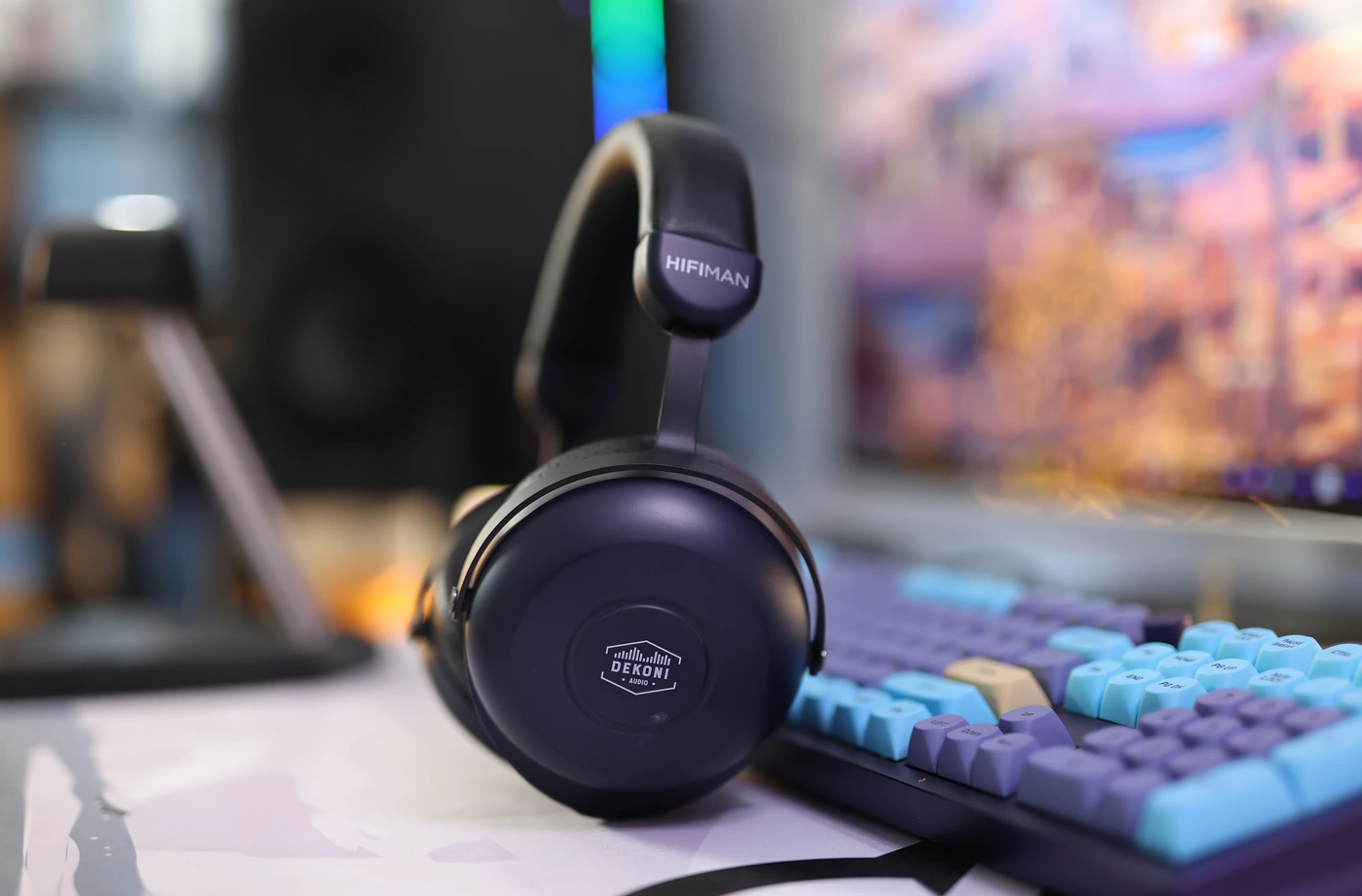
Dekoni x HIFIMAN Cobalt vs HarmonicDyne Zeus Elite (399 USD vs 379 USD) – Zeus Elite has a good comfort, a more premium package, better included cable than the Cobalt, but the earpads of the Cobalt are larger, harder and since Zeus Elite is open-back Cobalt offers better isolation from the outside noise, and lower leakage levels. Sonically, Zeus Elite is a very standard headphone, it sounds slightly V-Shaped, with a full bass, it sounds best at high volumes, has a very good resolution, and is generally a headphone I can recommend to most listeners without a second thought. Dekoni Cobalt sounds much sharper, has a higher resolution, but sounds best at lower volumes, gets sharp and shouty at higher volumes, Dekoni Cobalt has a much wider, deeper, taller and more holographic soundstage, the instrument separation is better as presented by Dekoni Cobalt, it sounds more open, and at low volumes, you hear music as if you are not wearing headphones, especially sound effects and songs that were recorded in an open space, while with Zeus Elite, it sounds like a headphone, you know you’re wearing one, and sonically, Dekini Cobalt at low volumes is more transparent. The whole comparison is good, but you should mainly consider Dekoni cobalt if you want to listen quietly, or at medium volumes at most, while Zeus Elite sounds best the louder you go, provided you have a good source to drive them.
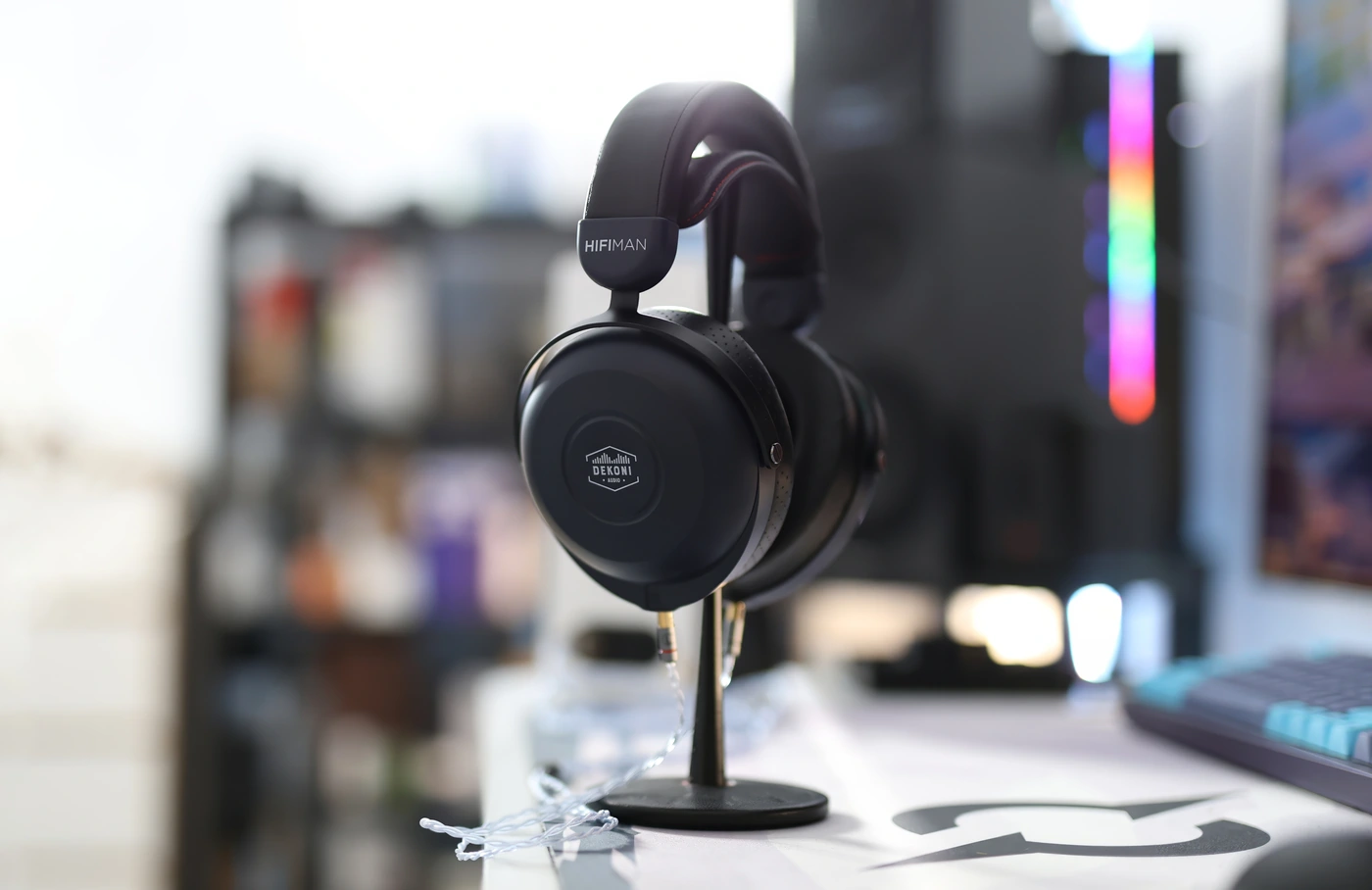
Dekoni x HIFIMAN Cobalt vs SIVGA Luan (399 USD vs 359 USD) – Starting with the package, Sivga Luan comes with a transport case, and a somewhat better cable included in the package. The comfort of the Luan is about equal to the comfort of the Cobalt, both have larger earpads, while Cobalt has harder earpads, and Luan has significantly softer earpads. Both headphones have a good build quality, but sonically, Cobalt sounds better at lower volumes, while Luan sounds better at medium and higher volumes. This being said, Luan sounds about as detailed as Cobalt sounds, Cobalt has a much wider and deeper soundstage, with more instrument separation, although they are close. Sivga Luan sounds like a Cobalt that has more bass and can be taken louder, while Cobalt sounds wider and more holographic, if kept at lower volumes. Sivga Luan is often overlooked because Sivga isn’t well known yet, as people usually are hesitant to take a risk with a new producing company, but both Luan and Cobalt are good offers, if you’re looking for a bright, revealing, airy sound. Cobalt for low volumes, Luan for high volumes.
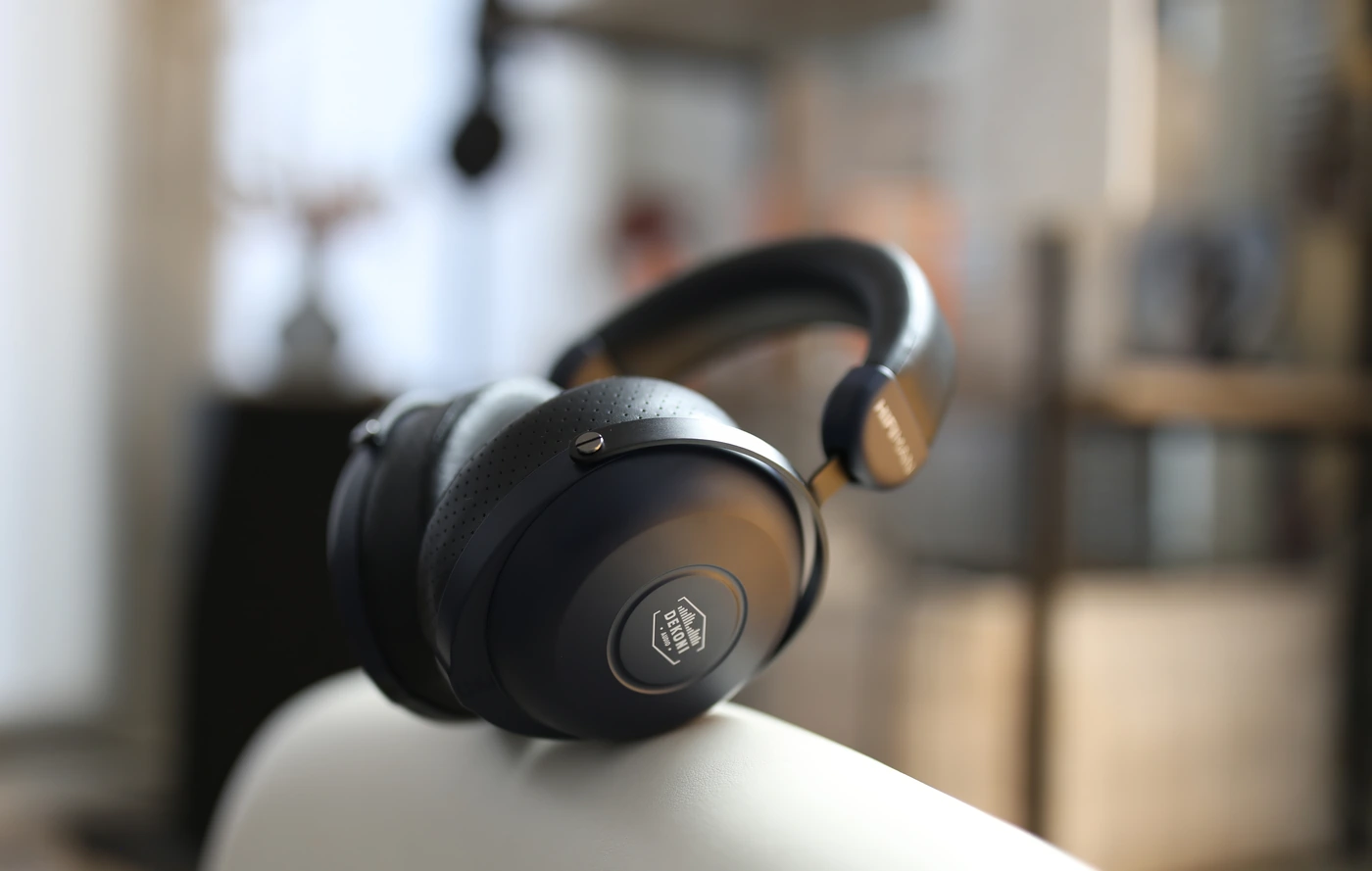
Dekoni x HIFIMAN Cobalt vs Austrian Audio Hi-X60 (399 USD vs 399 USD) – This is one of the most fair comparisons I am writing today, because both are closed-back, both have exactly the same price, and both headphones are made to be high-end. Starting with the comfort, Cobalt has larger, deeper earpads, but harder earpads, while HiX60 comes with softer ear pads, although they are smaller, and the whole headphone assembly is quite a bit heavier than the cobalt, which is feather light in comparison. Austrian Audio Hi-X60 is easy to drive, all you need is a BTR5, or Shanling UP4 2022, while Cobalt needs a good source to truly shine, such as FiiO Q15 or Aune S9C PRO. Both headphones sound really nice, but Austrian Audio truly shines at loud to very loud volumes, while Cobalt shines at low volumes and has much more headroom, a brighter, more airy sound, better resolution and definition, a much sharper treble, more treble relative to the midrange and the bass, and considerably larger soundstage. The instrument separation is better on the Cobalt, while Austrian Audio Hi-X60 sounds more traditionally V-Shaped with more bass, a deeper sound, it leaks more to the outside, isolates a bit less than the Cobalt, and is generally a safer options if you aren’t sure you can commit to listening at quieter volumes.
Value and Conclusion
The price / performance ratio is a complicated part with Dekoni Blue, as the official price is $399 USD, but they occasionally go on sale for 299 USD, and can be found on Drop for 299 USD. For 399 USD, the price is not bad, but for 299 USD, they have a really superb clarity and precision, one of the best voicing for female voices (the sweet, J-Rock inspired type, such as Yfu baby, Takanashi Kiara, and Vocaloid), and Cobalt is a unique headphone in my collection from every point of view, but being a boutique product, you should try to ask yourself if it is what you’re looking for. I think it is totally worth the money if you want a headphone that actually sounds good at quiet volumes, but I’m a guy who spent over 300 USD for a 100% layout mechanical keyboard to write reviews, I seriously dig rare and specific products, if you need something more standard or a headphone to be a good all-rounder, there are many other options.
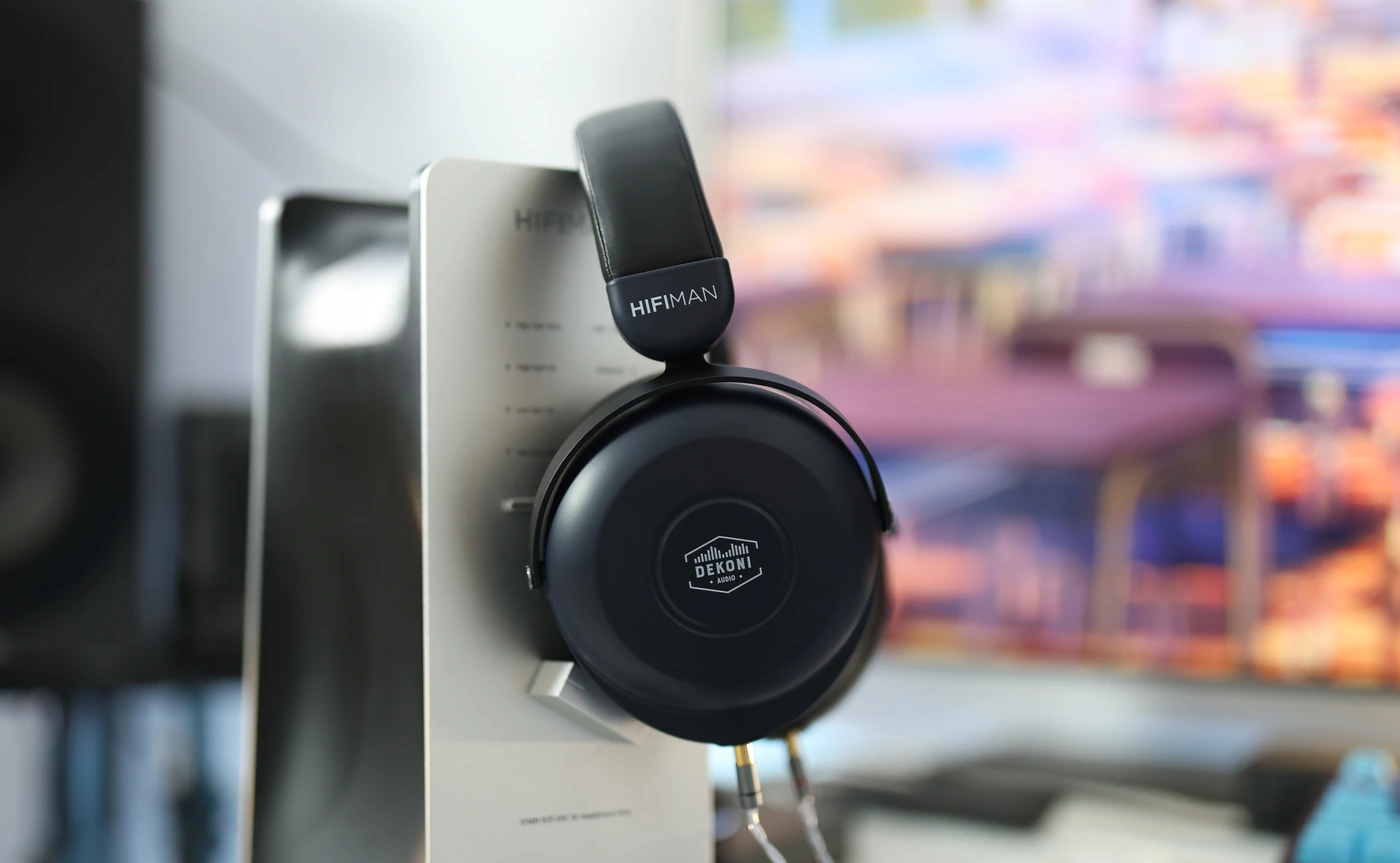
At the end of the day, if you’re looking for a headphone that can actually be enjoyed at very low and medium volumes, which will always sound crystal clear, wide, holographic and super impressive, and never mushy or muddy, always well defined and airy, and never rolled off or too smooth, Dekoni x HIFIMAN Cobalt is a unique model you can consider as your next purchase, and one that I fully recommend to hear at least once.
Product Link
You can grab one from www.amazon.com here: https://amzn.to/3utVm5F
If you’re in the UK, you can grab one from www.amazon.co.uk here: https://amzn.to/3uoQ3EE
And if you’re from Europe, you can grab one from www.amazon.de here: https://amzn.to/483kRbT
--- Please remember to stay safe, and always have fun while listening to music!---
- If you have a dime to spare, please donate, and help us! It would make the day brighter for me and my wife-
Full Playlist used for this review
We listened to more songs than those named in this playlist, but those are excellent for identifying a sonic signature. I recommend trying most of the songs from this playlist, especially if you’re searching for new music! The playlists are different for Spotify, Tidal and Youtube, and based on the songs I enjoy and are available on each!
https://www.youtube.com/playlist?list=PL_cjBXGmwSHSdGcwuc_bKbBDGHL4QvYBu
https://open.spotify.com/playlist/5J3oloz8Riy9LxEGenOjQ0?si=979ba4f082414be7
https://tidal.com/browse/playlist/330fd544-8e5b-4839-bd35-676b2edbb3d5
--- Contact Us ---





